A gorgeous day in central New Mexico gives a photographer this stunning shot of the Very Large Array in its most compact configuration.
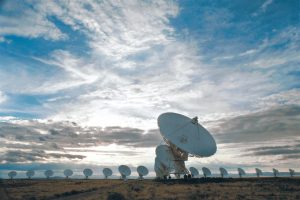
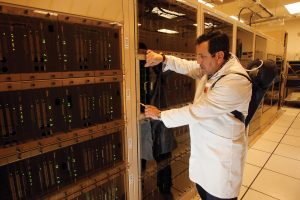
Oxygen Required
Oxygen is required for any staff member spending long periods of time working on ALMA’s supercomputer. The supercomputer is housed close to the telescopes site which sits at an elevation of 16,500 feet in the Chilean Andes.
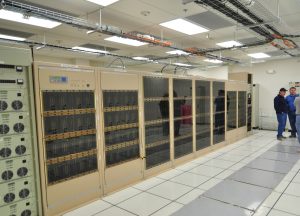
ALMA’s Supercomputer
The four-quadrant ALMA Correlator inside the Array Operations Site Technical Building at 16,500 feet elevation in northern Chile. This supercomputer can process 17 quadrillion operations every second.
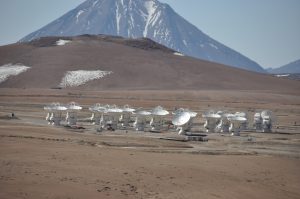
ALMA From a Distance
The Chajnantor Plain is an ancient lava bed sitting at 16,500 feet up in the Chilean Andes. It provides ALMA with dry skies and enough flat expanse to separate the antennas by tens of miles.

ALMA Technicians
Wendy Harper and Erik Gaines, two technicians at the ALMA Front End Integration Facility at NRAO’s Technology Center in Virginia, enjoying a laugh during the filming of a documentary about the building of ALMA.
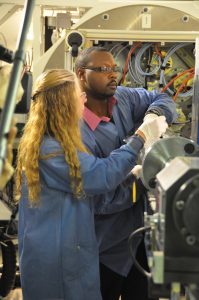
ALMA Front End Integration Center
ALMA Front End Integration Center team members Wendy Harper and Erik Gaines ready the center’s testing lab. Behind them is a model of the back of an ALMA antenna dish. The Front End is the cryogenically-cooled cabinet filled with the ten receivers used by ALMA astronomers. This testing facility reproduces the movements of an antenna and provides simulated observations for the receivers. Put through its paces, Front Ends for ALMA are adjusted to perfection before being shipped to Chile for integration into assembled ALMA antennas. This facility at NRAO in Charlottesville, Virginia tested 22 Front Ends for ALMA. Our partners in Japan and Europe delivered the other 44.





